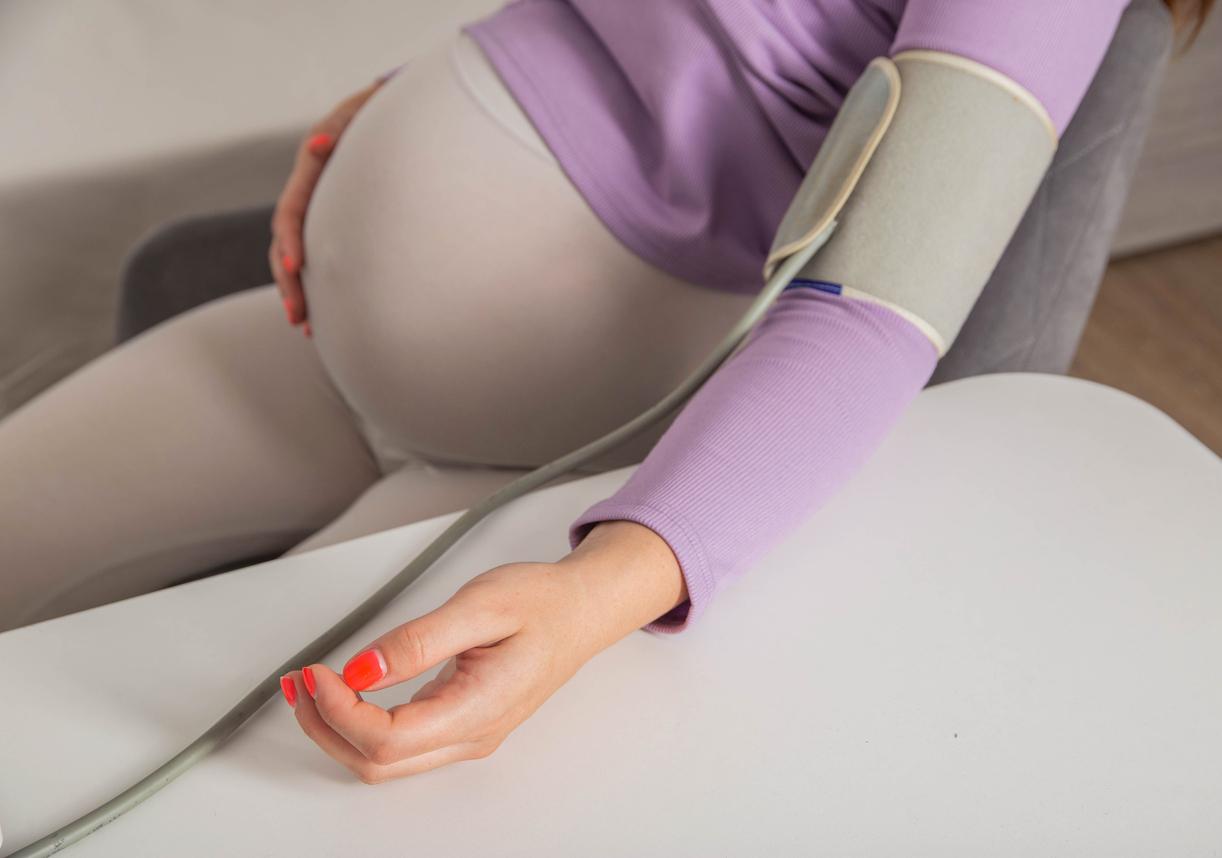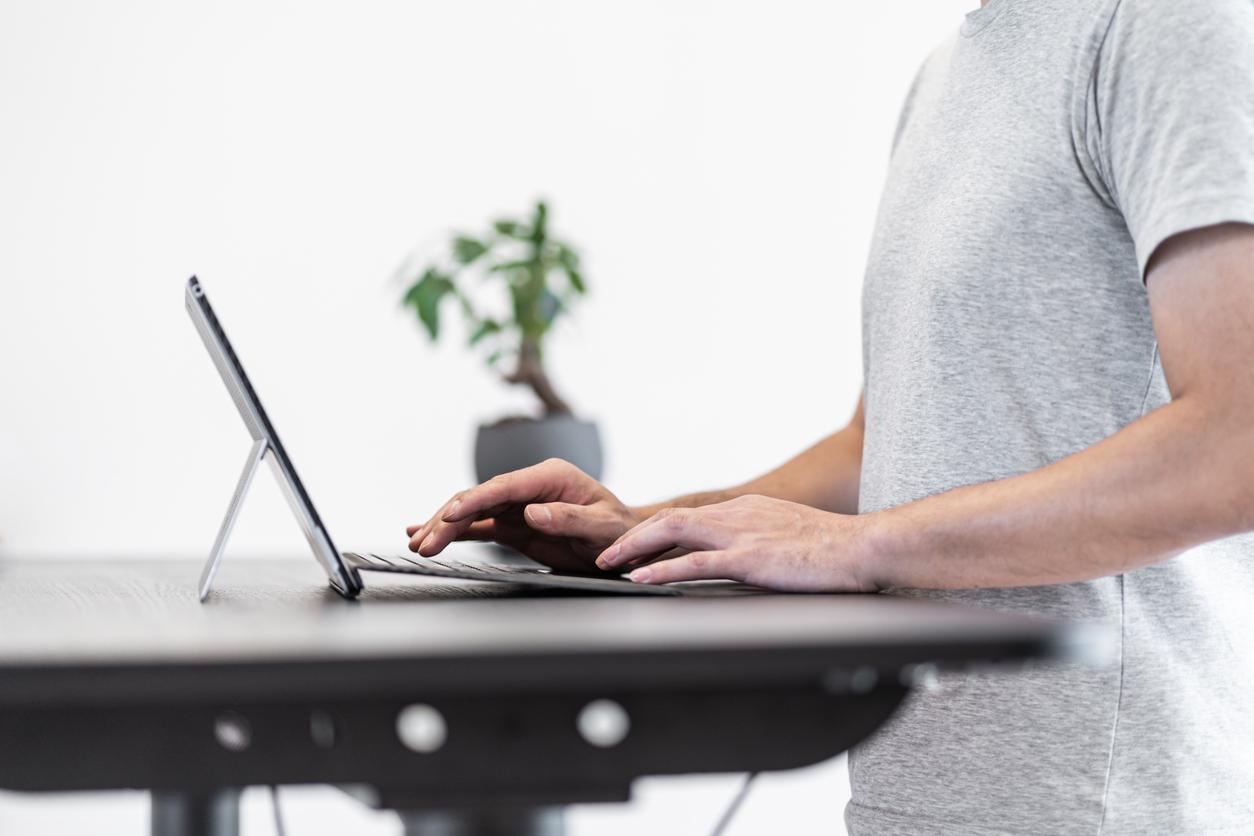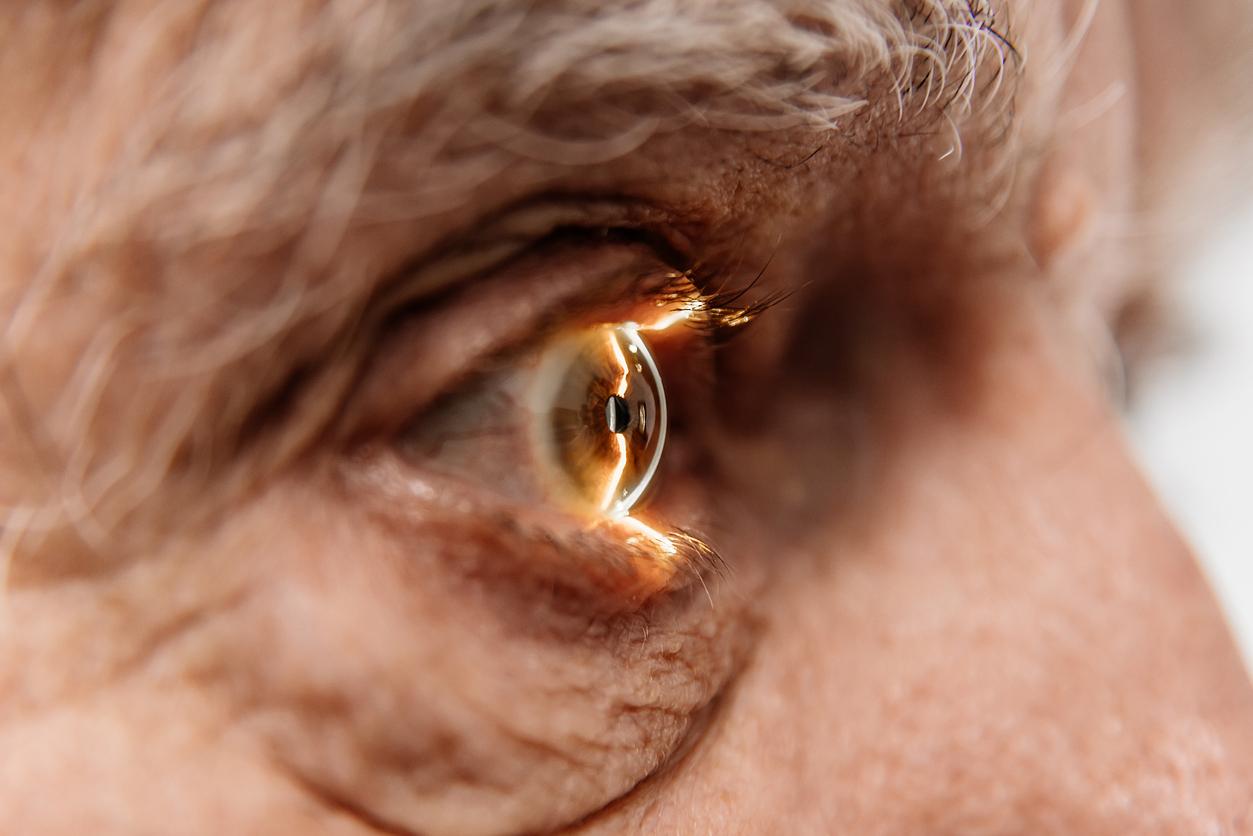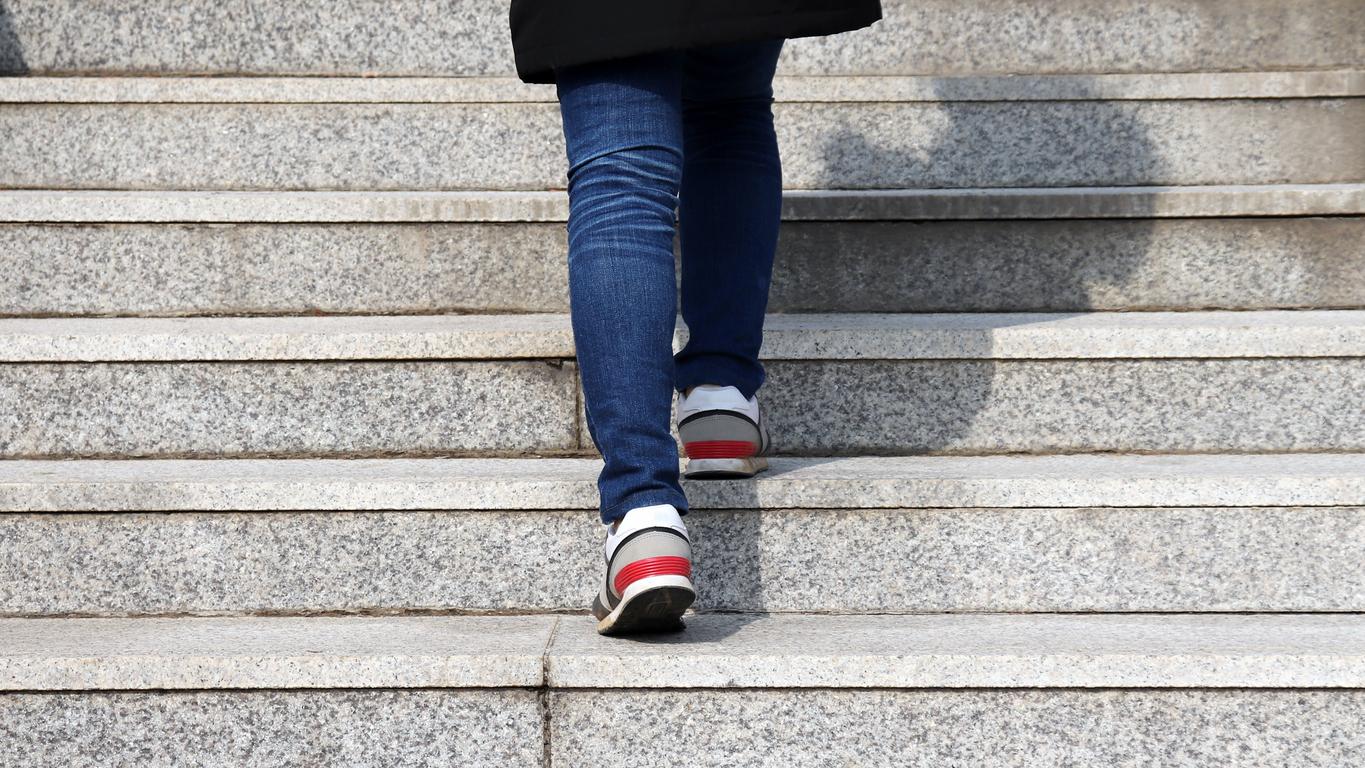The recommendations for self-measurements of blood pressure – which until now consisted of taking three consecutive measurements at rest on the same arm a few minutes apart – were modified at the 2024 European Society of Cardiology Congress.
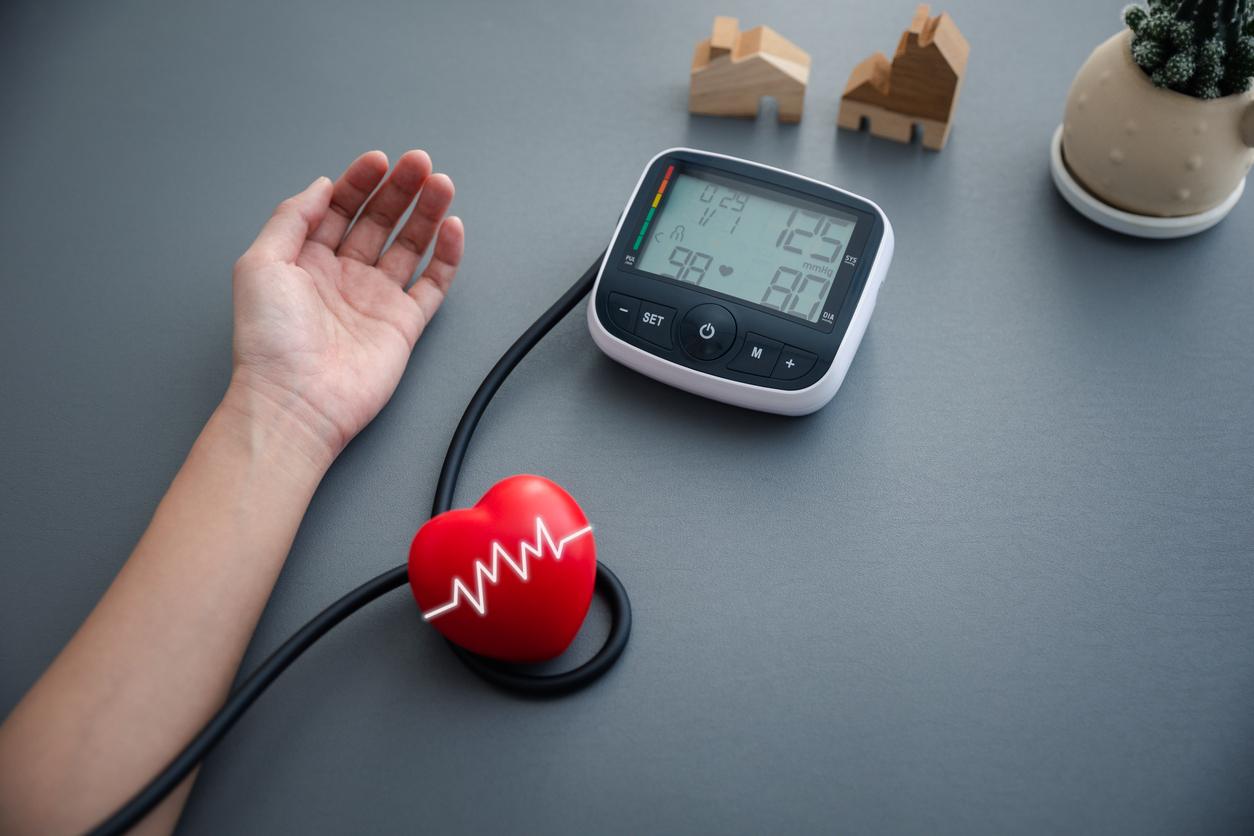
- The ESC 2024 experts have revised their instructions for self-measurement of blood pressure.
- It is now recommended to take 2 measurements in the morning and 2 measurements in the evening for at least 3 days.
- Experts estimate that an average blood pressure of 135/85 at home corresponds to 140/90 in consultation, the threshold for hypertension.
Your doctor may ask you to take your blood pressure yourself at home with an automatic blood pressure monitor, either to help establish a diagnosis or to check the effectiveness of antihypertensive treatment.
But be careful if you are used to this exercise, the recommendations surrounding self-measurement of tension have been revised. You no longer have to take blood pressure 3 times a day. The Hypertension Foundation detailed the new instructions in a presentation.
Self-measurement of voltage: two measurements instead of three
For effective self-measurement of blood pressure, it is always recommended to be seated comfortably in a chair and in a quiet place. It is the rhythm of the measurements that has been revised. ESC 2024 experts now recommend:
- to take 2 measurements in the morning on the same arm a few minutes apart then 2 measurements in the evening;
- over a period of 3 days minimum and up to 7 days maximum.
- “This change indicates that it is the average of the minimum of 12 measurements of systolic pressure and diastolic pressure which gives the value of an individual’s self-measured blood pressure”specifies the hypertension foundation on its website.
“There is a greater likelihood that people will do two measurements than three. So we might as well suggest that they do two measurements at home, and repeat it carefully in the morning and evening and for at least three days”recognizes Professor Girerd, president of the Hypertension Foundation, in an explanatory video.
If taking blood pressure at home has often been used by health professionals for more than 50 years, it is because it allows you to eliminate “the white coat effect”. That is to say an increase in blood pressure due to the stress of the examination or even the presence of the doctor, which can distort the results.

Self-measurement of voltage: reading of values also modified
ESC 2024 did not only review the method of self-measurement of blood pressure. He also modified the analysis of the values obtained with the blood pressure monitor. Experts estimate that an average blood pressure of 135/85 at home corresponds to 140/90 in consultation, the threshold for hypertension. On the other hand, we will talk about normal blood pressure below the average threshold of 120/70 both during consultation and during self-measurement.
For the record, the ESC also revised its classification for blood pressure in September. Hypertension is always diagnosed when blood pressure is greater than or equal to 140/90 mmHg. But if the patient displays a systolic pressure between 120 and 139 mmHg and a diastolic pressure between 70 and 89 mmHg, he is diagnosed with high blood pressure.










